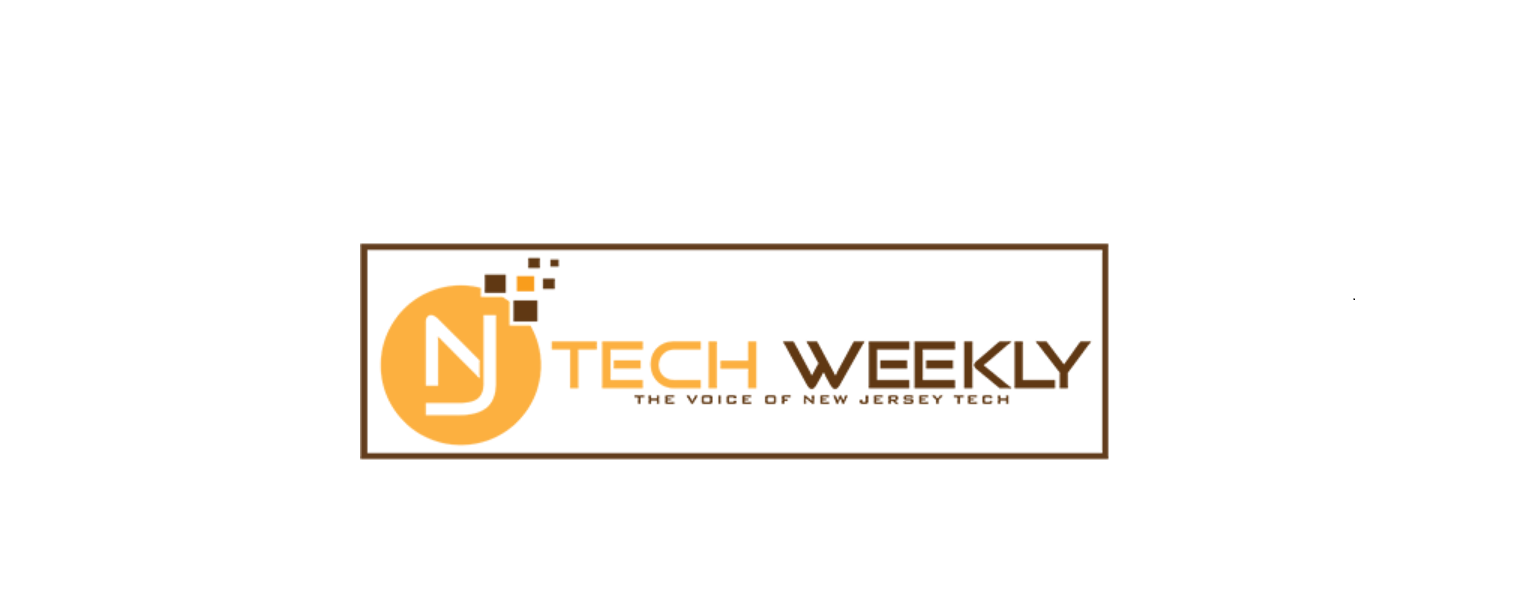Why is pharma investing billions to discover new molecules, only to rely on the same old, antiquated processes and siloed technologies to develop these molecules toward commercialization?
The pharmaceutical industry invests heavily in technologies—$57.4 billion in 2022 alone—to discover new therapies to treat our greatest health challenges. Yet drug development teams are still using the same antiquated, manual processes to move those life-changing therapies toward commercialization.
Artificial intelligence (AI) has the power to find potential new molecules 1,000 times faster than existing models, but patients who could benefit from these discoveries still have to wait due to bottlenecks in the development process.
Although clinical trials are the most familiar element of drug development, equally vital is the work to complete hundreds of complex tasks that move a therapy toward regulatory approval and commercialization.
To help pharma modernize the status quo, a comprehensive solution that fosters collaboration and empowers business processes and organizational success is needed in drug development.
Accelerating Development Velocity: Technology Connects The Unconnected
Development velocity (DV) is a new term defined as the speed a pharma company moves a therapy through the development process and toward commercialization. Myriad interrelated bottlenecks negatively impact DV, but the most significant is the lack of comprehensive technology to support drug development programs.
McKinsey agrees that technology is essential for pharma to accelerate drug development timelines and recommends tech solutions be utilized beyond analytics and integrated across an organization to support collaboration and growth.
Yet development teams continue to rely on point solutions and manual processes. Explosive growth in scientific data, lack of cross-functional coordination and cultural adherence to the status quo result in bottlenecks that, when not addressed, can lead to a loss of momentum that extends critical timelines and budgets.
To accelerate DV and expedite life-changing therapies to patients, pharma must look to new and emerging technologies to replace the legacy processes currently entrenched in drug development.
Bottlenecks In Drug Development
Not all bottlenecks have the same impact. Some delay progress by weeks or months and cost millions, while others have a lesser impact. Large or small, bottlenecks reverberate collectively over the lifespan of a drug development program and magnify inefficiencies. Bottlenecks can result in significant delays and added costs in the drug development process and impact the availability of new and innovative treatments for patients.
My company’s proprietary research (primary market research conducted 2Q 2022 with cross-functional members from multiple global pharma companies) identified more than 200 individual bottlenecks that slow drug development. The bottlenecks fall into three primary categories: data utility, project management and corporate approach.
• Data Utility: Most drug development tasks rely on comprehensive and accurate scientific data for decision-making. Inefficiencies occur when cross-functional teams conduct manual data analytics or when individual functions adopt siloed technologies to conduct analytics. Both scenarios negatively impact DV.
• Project Management: Collaboration varies among teams and within drug development programs due to the challenges of siloed work environments. Without a roadmap to guide the process, interdependent workflows lack cohesion, and tasks can unknowingly be duplicated. DV is negatively impacted when knowledge-sharing and interdependent work are limited among cross-functional teams and stakeholders.
• Corporate Approach: Has leadership recognized it must prioritize and champion change management required for efficiencies in drug development? Are the development teams willing to adopt new technology?
Comprehensive technology to eliminate bottlenecks and wholly accelerate drug development must incorporate the following features:
• Shift redundant work and heavy data analytics burden from humans to technology, freeing people to focus on more strategic tasks
• Reduce siloes and increase communication among cross-functional teams to minimize duplicate efforts and redundancies that slow progress
• Support change management within an organization and address misaligned business processes
• Provide a pharma-first, tech-second approach, rather than a technology retrofitted for use in pharma
The Challenges With Current Drug Development Technology
Current drug development technologies are generally point solutions that solve singular challenges. While teams can gain some efficiencies when accomplishing isolated tasks, existing tools do not address the complex needs of end-to-end drug development. There is a great opportunity for technology to help streamline manual cross-functional processes and save critical time and resources.
To get the most out of these technological solutions, pharma must be willing to change the status quo and embrace innovation in drug development, just as the industry has embraced technology to discover new therapies.
Changing corporate culture will be key to supporting drug development functions that historically operate with individual processes, systems and goals. Technology must help promote flexibility, collaboration and partnerships. Although it will take time, I believe these benefits are worth the wait for patients and our industry.
The need is clear: Pharma must invest in comprehensive technologies that leverage data, enhance collaboration and facilitate cross-functional workflow to accelerate drug development and keep pace with thriving drug discovery technologies.
The first step is identifying and measuring the specific bottlenecks within development programs. Only then can those inefficiencies be replaced with comprehensive technology to improve development velocity.
Pharma’s adoption of technology that increases efficiencies and addresses bottlenecks that slow time to market will increase profitability and bolster its core mission: fast and safe delivery of life-changing drugs to those who need them most.
Read full article here.


